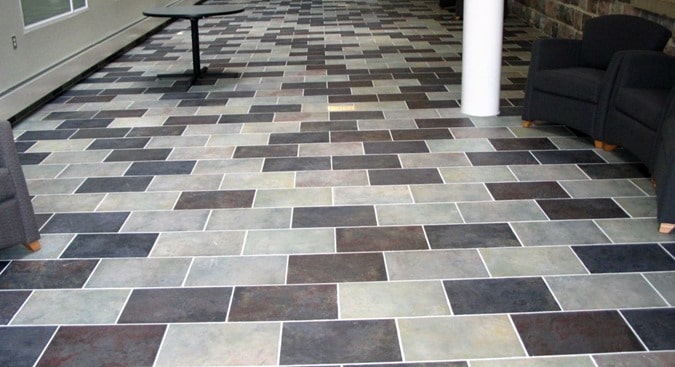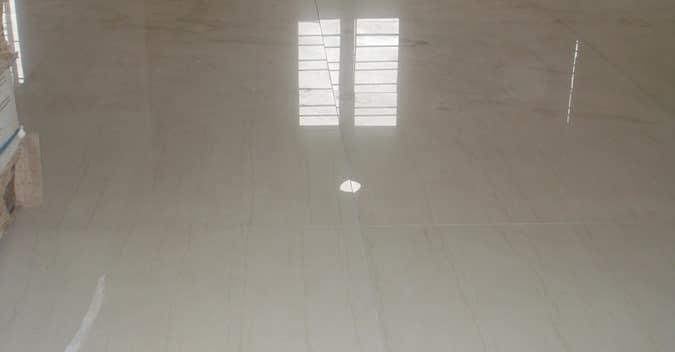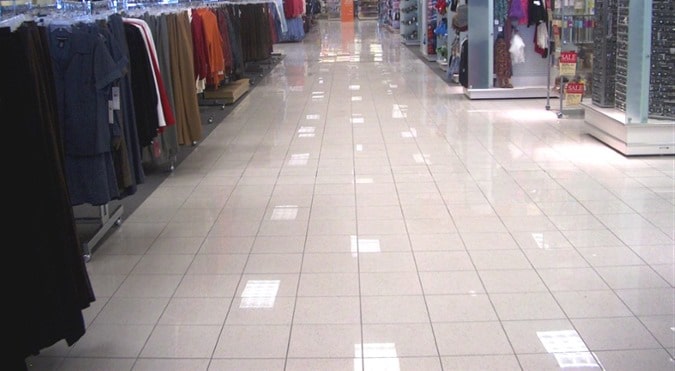WATER ABSORPTION TEST ON ROOFING TILES
To determine the percentage of water absorption of roofing tiles
APPARATUS
A sensitive balance
SPECIMEN
Two tiles shall be used for this test from the sample selected.
PROCEDURE
(I) Dry the tiles selected in an oven at a temperature of 105 ° TO 110 °C till they attain constant weight and then cool and weigh ( ).
).
(ii)When cool, immerse the dry specimen completely in clean water at 27±2°C for 24 hours.
Remove each specimen, wipe off the surface water carefully with a damp cloth and weigh the specimen nearest to a gram ( ) within 3 minutes after removing the specimen from the tank.
) within 3 minutes after removing the specimen from the tank.

CALCULATION
Percentage of water absorption

Where ![clip_image002[1] clip_image002[1]](https://theconstructor.org/wp-content/uploads/2010/09/clip_image00211.gif) =wt. of the specimen after 24 hours immersion in clean water
=wt. of the specimen after 24 hours immersion in clean water
RESULT
Water absorption of the given roofing tiles= ………………..%








